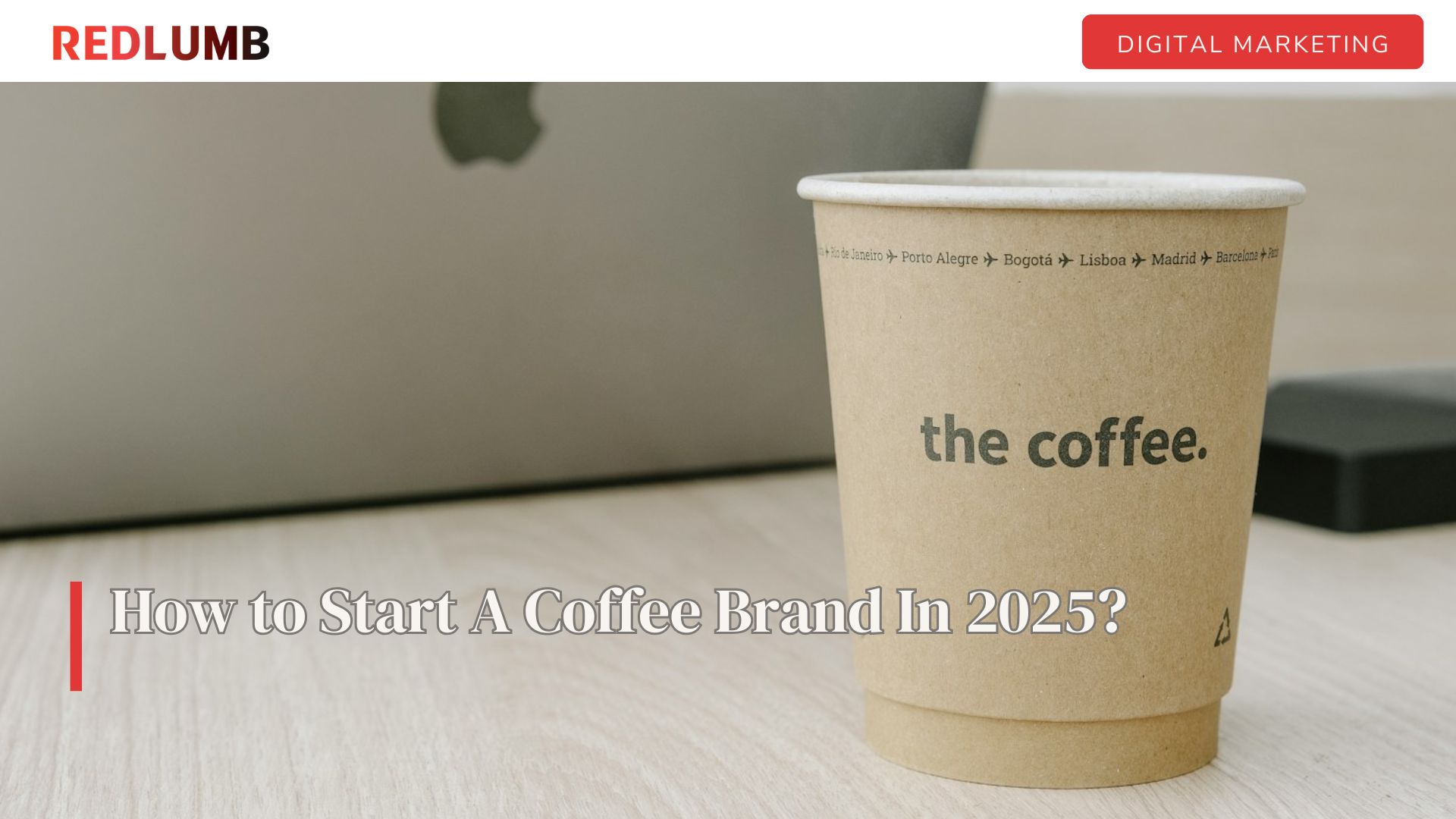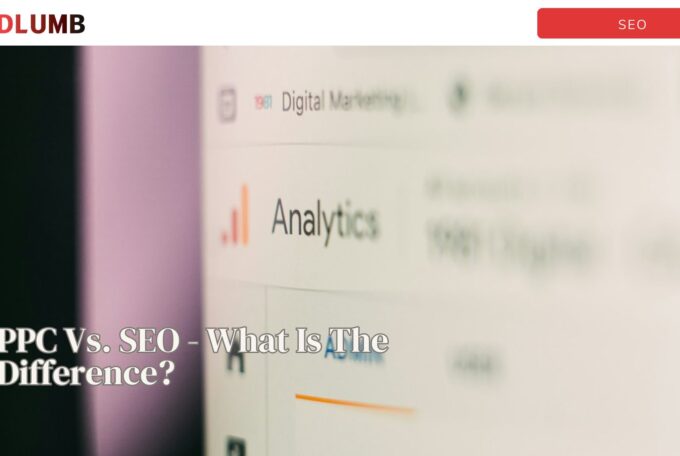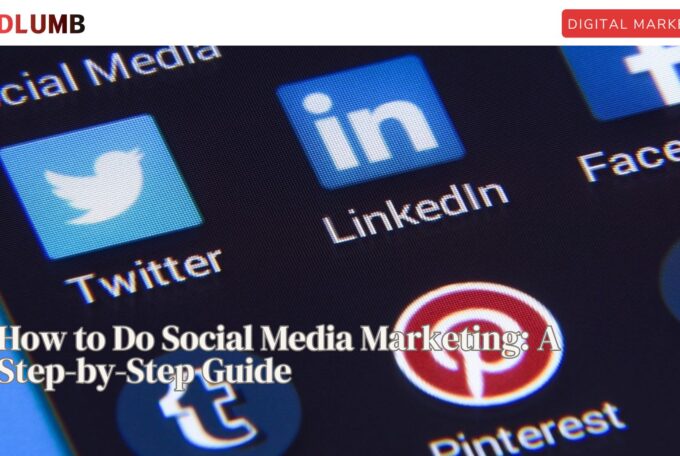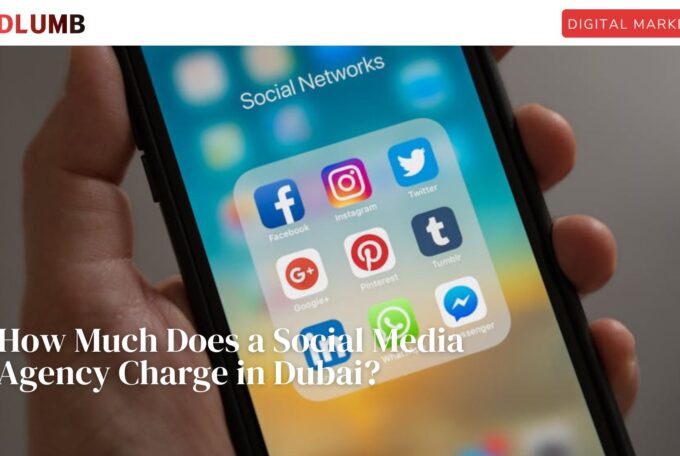The global coffee market continues to grow, with a rising demand for premium, sustainable, and personalized experiences. In 2025, consumers value three things above all: transparency of origin, ethical sourcing, and digital convenience.
This means your coffee brand can’t rely on taste alone. You’ll need a story that resonates with conscious consumers and a presence that stands out in a crowded digital ecosystem. Research trends such as ready-to-drink cold brews, functional coffee (with added vitamins or adaptogens), and AI-personalized subscriptions to identify your entry point. Let’s break down how to start a coffee brand in 2025 without breaking a sweat or budget.
[su_list class=”story-highlight”]Key Takeaways
- Building a coffee brand in 2025 requires a strong digital-first approach with clear branding, sustainability, and storytelling.
- AI tools help optimize sourcing, marketing, and customer personalization, reducing costs and improving scalability.
- Success stems from authentic community engagement, data-driven strategies, and consistently high product quality.[/su_list]
[su_service title=”How We Can Help?” icon=”icon: info-circle” icon_color=”#000″ size=”20″ class=”InfoBox”]If you’re ready to launch a coffee brand that brews both authenticity and growth, let REDLUMB help you craft the perfect blend of storytelling, design, and digital strategy. From smart branding to data-driven marketing, we’ll make your coffee brand stand out and sell strongly in 2025.[/su_service]
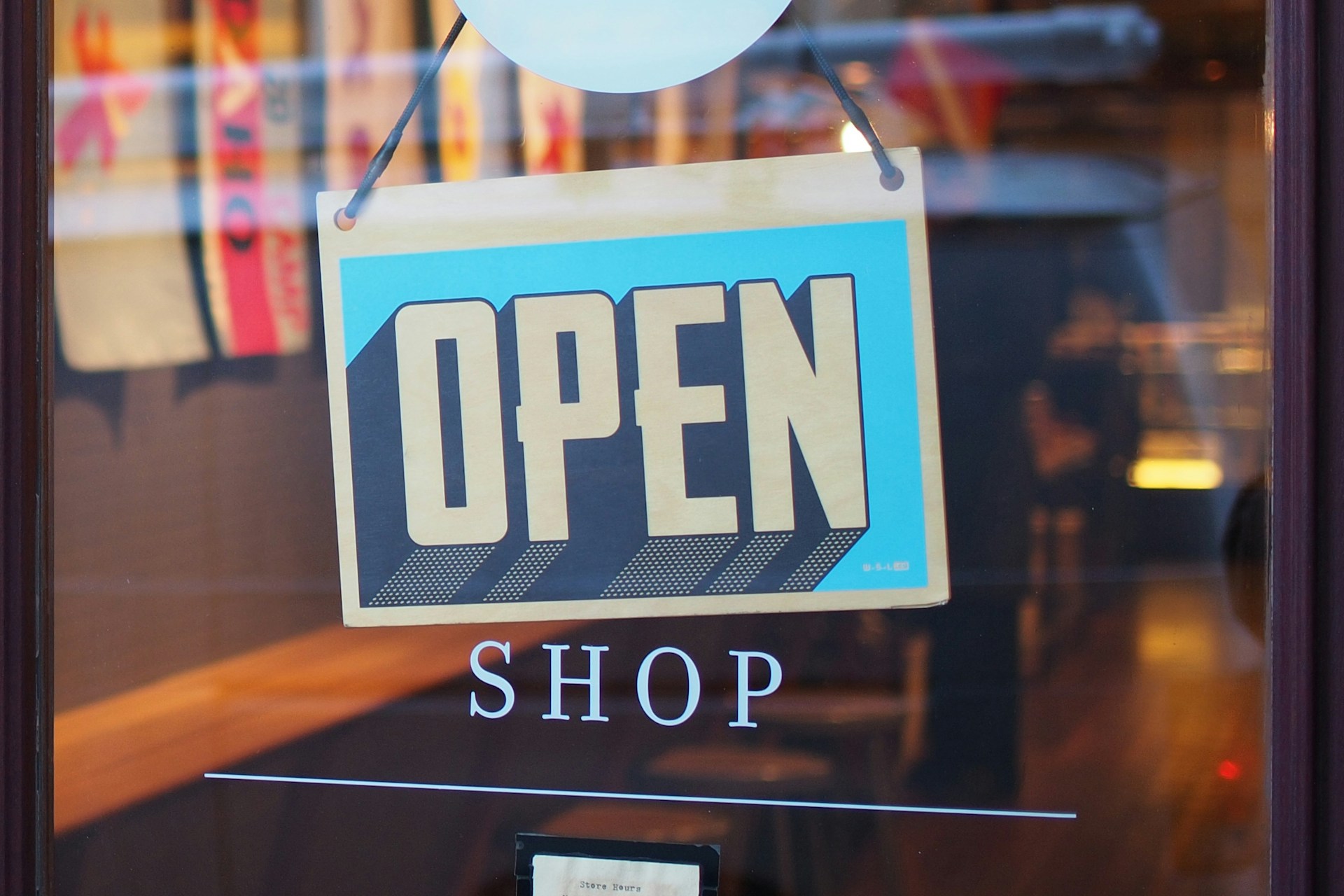
Define Your Brand Identity & Positioning
Your brand identity is what people will remember long after they sip your coffee. It defines who you are and why your coffee exists. Ask yourself:
- What’s your mission? (e.g., sustainability, affordability, specialty craft)
- Who is your target audience? (urban professionals, coffee enthusiasts, eco-conscious buyers)
- What makes your coffee different? (flavor profile, origin story, ethical impact)
Once defined, turn this into a clear brand positioning statement. Your identity should guide every visual, word, and decision.
Source High-Quality Coffee Beans & Build Supplier Relationships
The foundation of your business is your beans. Build relationships with trusted suppliers and cooperatives in coffee-growing regions. Direct trade or fair-trade certified suppliers not only ensure quality but also strengthen your brand credibility.
When sourcing, consider:
- Bean type: Arabica for flavor complexity, Robusta for caffeine punch.
- Origin: Single-origin coffees often attract enthusiasts; blends appeal to broader markets.
- Sustainability: Choose farms with traceability systems, as customers increasingly demand it.
By 2025, AI-powered sourcing platforms can help identify optimal partners based on weather, soil, and yield data. You can easily research different options from platforms like ChatGPT or Perplexity AI without unnecessary travel or trial.
Develop a Strong Brand Name & Packaging Design
Your name and packaging are your first impression, especially in a digital-first world. Aim for a name that’s memorable, easy to pronounce, and available as a domain and social handle.
When designing packaging, focus on:
- Sustainability: Compostable or recyclable materials appeal to modern consumers.
- Minimalism: Clean, aesthetic designs perform best online and in ads.
- Storytelling: Use your labels to highlight your sourcing ethics, flavor notes, or roasting process.
Don’t rush design decisions. Test several mockups with your target audience before finalizing.
Build A Digital-First Marketing Strategy
In 2025, your digital presence is your storefront. Even if you plan to sell in physical stores later, your first growth engine will likely be online.
Start with these key elements:
- Website & E-commerce Store: Build a fast, mobile-optimized site using Shopify or WooCommerce. Incorporate product storytelling, brewing guides, and a blog section for SEO.
- Search Optimization (SEO): Target keywords like “best organic coffee,” “fair trade espresso,” and “buy coffee beans online.” Consistency and content depth drive long-term traffic.
- Email Marketing: Use newsletters to share coffee insights, new blends, and loyalty perks. Personalized recommendations (powered by AI tools) increase retention.
- Social Media Presence: Instagram, TikTok, and YouTube are your allies. Post high-quality videos on brewing, roasting, and lifestyle content. Authentic storytelling performs better than ads alone.
- Paid Advertising: Begin with small-budget, highly targeted PPC campaigns. Track performance data and scale what works.
A digital-first approach saves budget compared to traditional advertising and builds measurable brand awareness.
Utilize AI Tools For Smart Growth
If you are not using AI tools to stay afloat in the current competitive digital market, then you will surely fall behind in the opportunities. The AI platforms of ChatGPT, Claude, and Perplexity AI can allow you to:
- Market Research: AI tools like ChatGPT or consumer insight platforms can identify emerging coffee trends and competitor gaps.
- Customer Personalization: Use AI-driven CRMs or email platforms to tailor product recommendations.
- Ad Targeting: AI ad platforms can automatically adjust PPC campaigns for better conversion rates.
- Inventory Forecasting: Predict sales and manage stock efficiently based on historical data.
Incorporating automation and predictive analytics early reduces costs and ensures smarter scaling.
Perfect Your Product Line & Launch Strategy
Starting lean is the way to climb up. Begin with a small product range, perhaps one signature blend, one single-origin, and one specialty roast. Use pre-launch feedback to refine flavor, roast level, and packaging.
Offer sampling options like “starter kits” or subscription boxes to introduce new customers. Before your official launch:
- Collect early reviews and testimonials from testers.
- Build anticipation with countdown posts and teaser videos.
- Ensure seamless online checkout and payment options.
[su_service title=”Info” icon=”icon: info-circle” icon_color=”#000″ size=”20″ class=”InfoBox”]On launch day, engage with every comment, thank customers personally, and offer limited-time discounts to boost initial traction.[/su_service]
Focus On Community & Authentic Connection
Modern coffee consumers aren’t just buying a drink, they’re buying into a community. Your ability to foster this connection determines long-term success.
- Share stories from farmers, roasters, and customers.
- Host virtual tastings or in-person pop-ups.
- Encourage user-generated content by running photo or brewing challenges.
- Support causes that align with your mission, such as reforestation or ethical farming.
A loyal community can outperform even the best ad strategy; they become your organic advocates.
Establish Smart Distribution Channels
Once your brand gains traction, expand strategically. Consider:
- Direct-to-Consumer (D2C) via your website, ideal for brand control and higher margins.
- Retail Partnerships with local cafés, co-ops, or gourmet stores.
- Subscription Models for predictable revenue and customer retention.
- Online Marketplaces like Amazon or Etsy for visibility, but ensure your pricing and brand image remain consistent.
Some startups also leverage AI logistics tools for delivery optimization and cost management, ensuring timely fulfillment even as volume grows.
Track, Analyze, & Scale
Finally, what gets measured gets managed. Use data tools to track metrics such as:
- Website conversion rate optimization.
- Customer acquisition cost (CAC).
- Repeat purchase rate.
- Social engagement and ad ROI.
Reinvest profits strategically into what works, whether that’s better beans, influencer partnerships, or expanding your roasting capabilities.
As you grow, maintain agility. Trends evolve fast, whether it’s mushroom coffee or AI-personalized flavor profiles, and your willingness to adapt will keep you ahead.
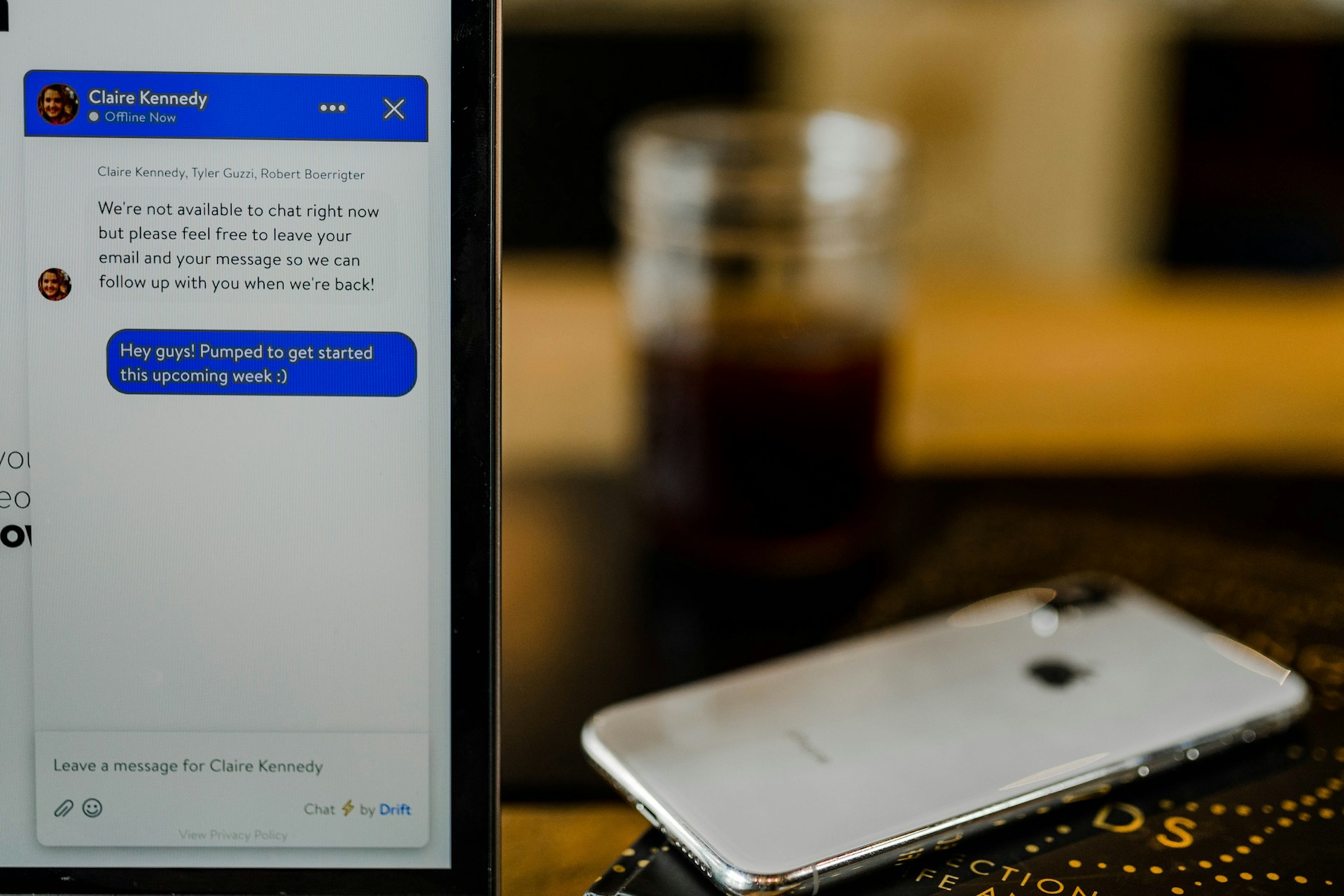
Starting a coffee brand in 2025 is both art and algorithm. You really do not have to spend heavily on ads or chase every trend. In fact, the real strategy begins with better sourcing, storytelling with good copy, and intelligent digital strategies. That’s exactly what REDLUMB is here for: to help your coffee brand stand out in the competitive digital landscape with a well-crafted sales copy and a powerful digital marketing strategy.
Moiz Banoori is a Digital Marketing specialist with over eight years of experience in content creation and digital journalism. He leads teams at various brands and focuses on developing effective SEO strategies that enhance online visibility. With a degree in journalism, Moiz combines his passion for storytelling with technical skills to deliver innovative digital solutions at REDLUMB, helping clients achieve their online goals in a competitive landscape.

